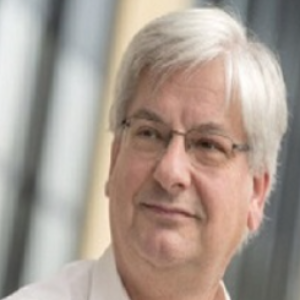Title : Industrialization of (catalytic) chemistry in flow
Abstract:
InnoSyn B V is a chemical process R&D organization located at the Brightlands Chemelot Campus in Geleen , The Netherlands . InnoSyn performs ‘invention’, ‘improvement’ and ‘implementation’ R&D services for its customers and strategic partners (www.innosyn.com)
Organic chemistry combined with several types of catalysis and supported by modern chemical engineering constitutes the technological competences of InnoSyn.
This presentation will focus on activities in and results of industrializing (catalytic) chemistry in flow.
The purpose of the vast majority of lab/academic work on flow chemistry (mostly with micrometer wide channels) is generation of knowledge, rather than output of (significant) quantities of chemicals. In contrast (and as a consequence) , few reports exist on challenges in and solutions for manufacturing larger amounts of chemical products using flow chemistry ( typically few kg/hr and higher).
We report here InnoSyn’s results in 3 domains of flow chemistry: the l, l/l, g/l domain, the s/l domain and the g/l/s domain.
The technical challenges are increasing in this order:
- The l, l/l, and g/l domain: cost-performance (flow should be more cost-effective than batch), and handling of fast and highly exothermic chemistry. Organometal cryogenic flow chemistry is an example. The fundamental issues are largely solved.
- The s/l domain: the same challenges as above. On top of this: issues around solids like potential clogging or deposition of solids in the (flow) system. Additionally, dosing solids as slurry is certainly in the R&D phase not trivial. Examples include Grignard and Reformatsky chemistry (formation and use). This domain is under active development.
- The g/s/l/ domain: On top of the challenges above: mass- and heat transfer limitations in the flow system , as a consequence of typical chemistries in this domain, have to be overcome. 3-Phase hydrogenation using a heterogeneous catalyst is a prominent example. This domain is under active development.



